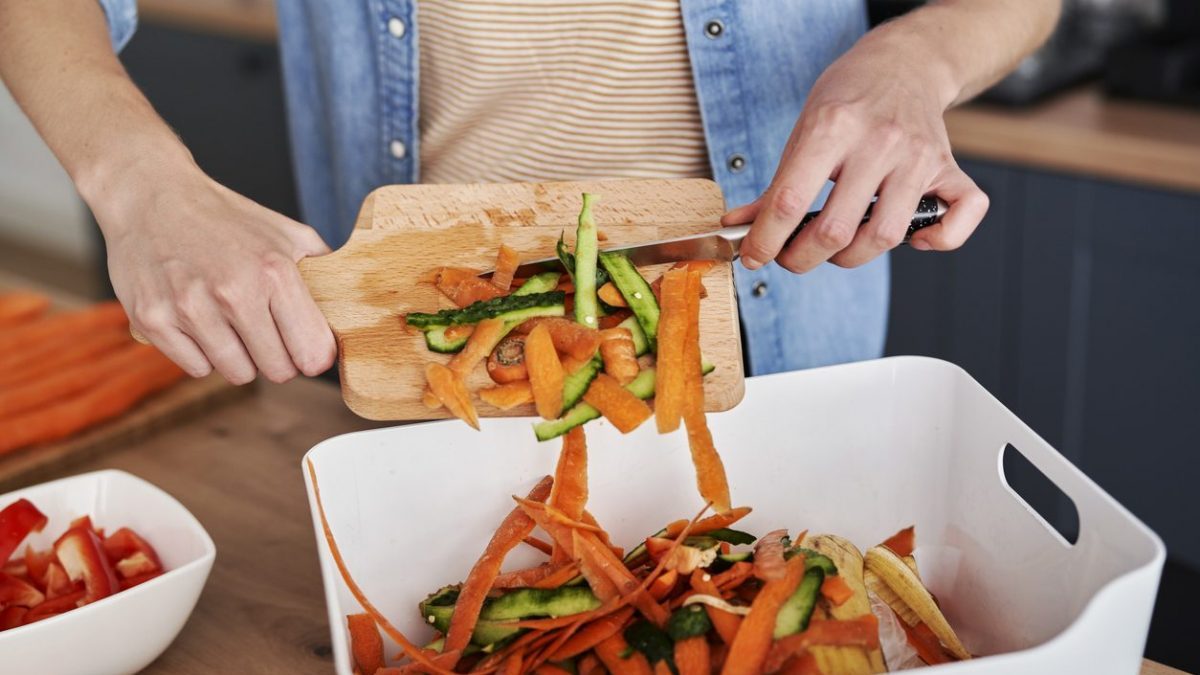
Using food scraps for cooking is an increasingly contemporary topic. While food waste, until recently, simply ended up in the trash, over time it has become recycled material for compost and today it is a veritable ingredient that captivates everyone, even the most famous chefs.
Using leftovers means reducing the waste you produce, improving your environmental impact by making your daily life more sustainable, and even saving money, because you use every last bit of the ingredient you have. Recycled food is a deeply rooted form of cooking in rural areas, a popular tradition that, by avoiding throwing away any part of the available food, has given rise to some of the most iconic recipes in history.
Today we'll tell you about some of the more unusual food scraps you might tend to throw away but can actually be reused in countless delicious recipes, from potato peels to broccoli stems to fish bones. Of course, always remember that when it comes to fruits and vegetables, you can only consume peels and scraps if the produce is organic and untreated.
1. Citrus Peels
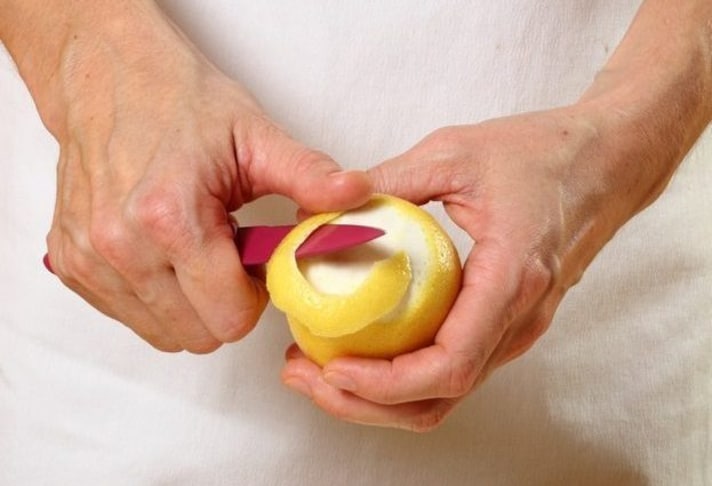
They're the most commonly used food waste, but not everyone knows that citrus peels are a very useful ingredient, perfect for creating delicious recipes. Furthermore, citrus peel is a fragrant part of the fruit, rich in minerals and vitamins: you just need to learn to recognize which citrus fruits have edible peels and then you can get creative in the kitchen.
Orange zest, for example, is perfect for candied fruit to make easy-to-make and delicious desserts, or you can grate orange and lemon zest to add a sweet and sour touch to dishes, such as aromatic citrus risotto. Zest is also used in desserts to flavor the mixture, grated to flavor salads, vegetables, and cold dishes, and even to prepare liqueurs like limoncello.
2. Potato Peels
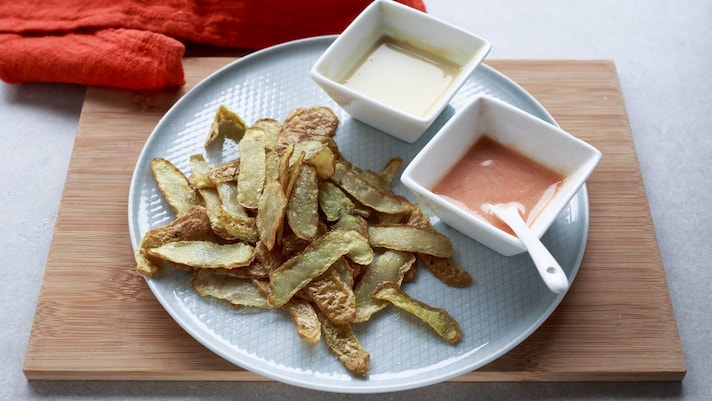
Of all food scraps, potato peels are the most versatile in the kitchen, because they can be used in so many different ways: they're excellent as chips fried or baked, but you can also use them to make a potato peel omelette, you can cook them in a pan, or you can use them to make boats to fill with various ingredients. Always remember that if you want to eat potato peels, the tuber must be organic and they must be medium-ripe (harvested no more than five months ago) so as not to contain too much solanine.
3. Carrot Peels and Tufts

Carrots are not only a healthy and tasty vegetable, highly nutritious because they're rich in vitamins A, C, B, E, and K, minerals, and micronutrients like beta-carotene, but they're also one of the most versatile foods you can have at your disposal. Carrot peels, in particular, can be reused in dozens of delicious recipes, from classic chips to broth flavorings, and even as a base for excellent pesto and delicious autumn gnocchi. What you may not know is that peels aren't the only carrot scraps you can use: the vegetable's tops can also be used. Simply wash and chop them, and then use the leaves like any other herb, adding them to salads, stews, sauces, and broths.
4. Broccoli Stems and Leaves
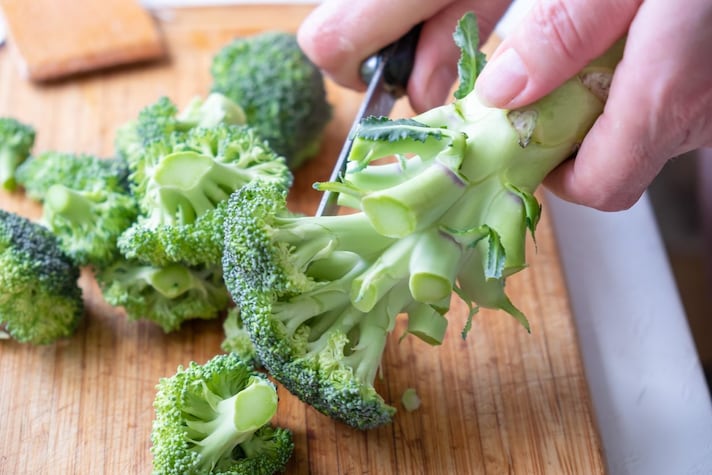
Broccoli is also a very versatile vegetable, allowing you to utilize many of its parts, which are usually considered waste. For example, broccoli stalks are very sweet, though a little more bland than the head, and above all, they provide a great source of fiber and antioxidants. In the kitchen, you can use them as a base for broth, boil them and make pesto or a spread for bread, or simply pan-fry them for a delicious side dish. Broccoli leaves can also be used; in fact, they're a vegetable in their own right, sautéed, battered, and fried, or steamed.
5. Avocado Pits
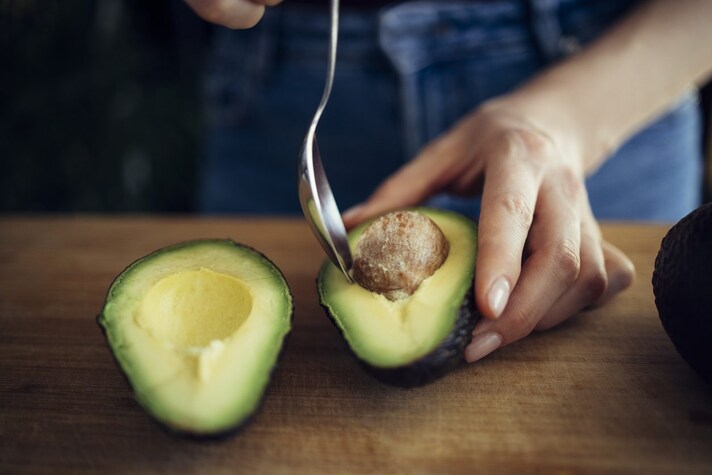
Avocado is a tropical fruit now widespread in the West, loved for its versatility in the kitchen and its nutritious, protein-rich nature. But did you know that, in addition to the pulp, the stone can also be used as an ingredient? When ground, it yields oil and flour, two preparations that nutrition experts confirm are particularly healthy: the stone has significant antioxidant properties and is very useful for reducing cholesterol levels.
6. Pineapple Cores
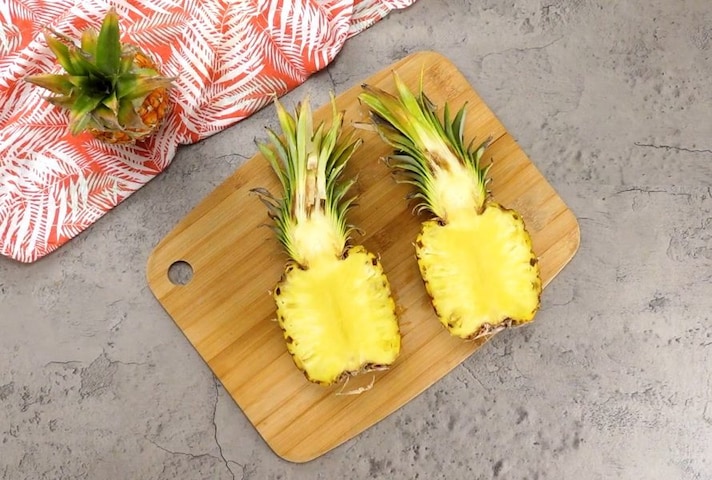
Pineapple is another of those tropical fruits that have become part of our daily diet. The fruit's pulp is incredibly sweet, but there are many other components normally considered "waste" that can be useful: for example, you can grow new pineapples from the stem, while for culinary purposes you can use the cores. Raw, simply grate it to add a touch of freshness to salads, while if you boil it for a few minutes, crush it, and add it to water, you can transform it into a puree to add to smoothies or shakes.
7. Banana Peels
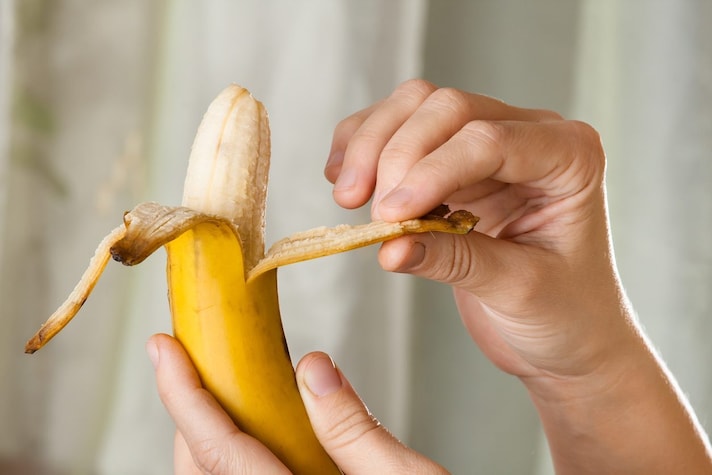
Normally considered waste, banana peels are actually edible and rich in nutrients including vitamins B6 and B12, as well as high levels of magnesium and potassium, fiber, and protein. If the banana is organic and particularly ripe, you can use the peels in a variety of ways: for example, they're excellent added to smoothies with other fruits, you can dry them and then infuse them into tasty teas, or you can add them to dessert mixes like banana bread.
8. Watermelon Rinds
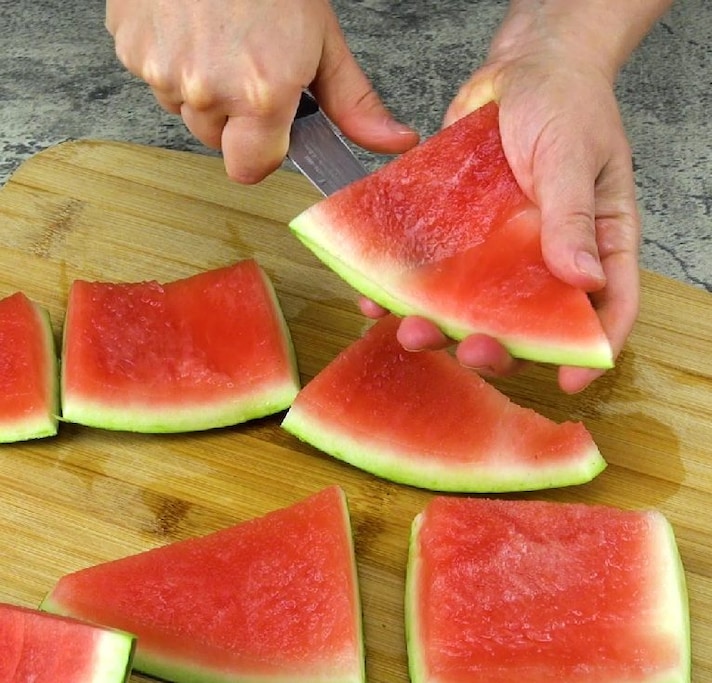
Watermelon is one of the most beloved summer fruits, but you might not know that not only the pulp is edible: even the rind, which you're used to throwing away, can be eaten in many different ways and is even healthy because it's full of the amino acid citrulline. What can you do with watermelon rinds? You can boil them and pickle them, caramelize them and serve them on cheese and charcuterie boards, or use them to make a delicious jam, ideal for breakfast or a snack, but also perfect as a filling for cakes, tarts, and cheesecakes.
9. Kiwi Peels
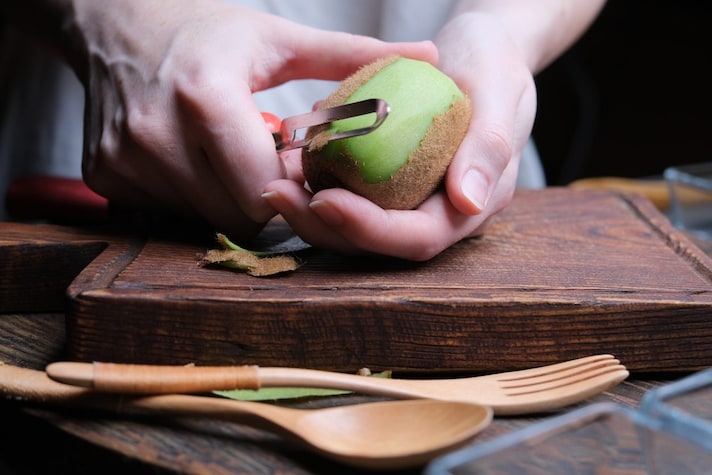
In some parts of the world, kiwis are eaten whole with their peel, while in our country we're used to splitting the fruit in half and enjoying only the pulp. Kiwi peel is actually edible and is also a real health bonus, rich in fiber and vitamin C. But how do you eat it? If you're not particularly inclined to bite into it plain, you can extract some peel, dry it and use it in desserts or infuse it into sweet teas and herbal teas.
10. Eggplant Peels
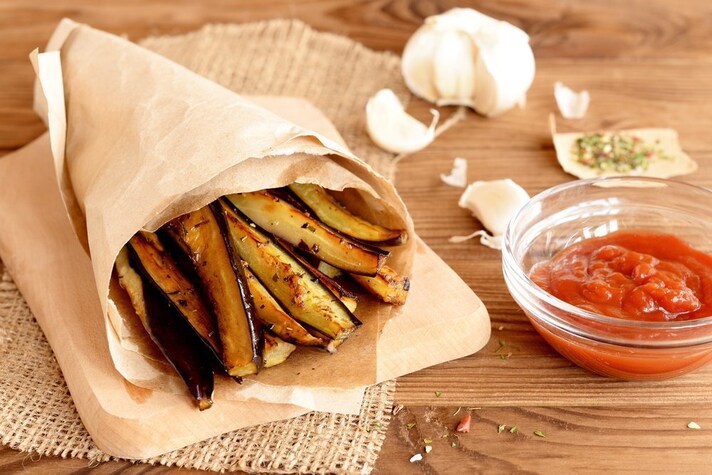
Eggplant is an incredibly versatile vegetable, not only because you can use the flesh in dozens of ways, but also because the peel is edible. Never throw away eggplant peels because you can reuse them in so many ways, especially in oil: this way you'll have a tasty, ready-made compote, ideal for spreading on toasted bread as an appetizer. You can also use the preserves to season pasta, or you can chop the cooked peels and turn them into an excellent puree.
11. Tomato Peels
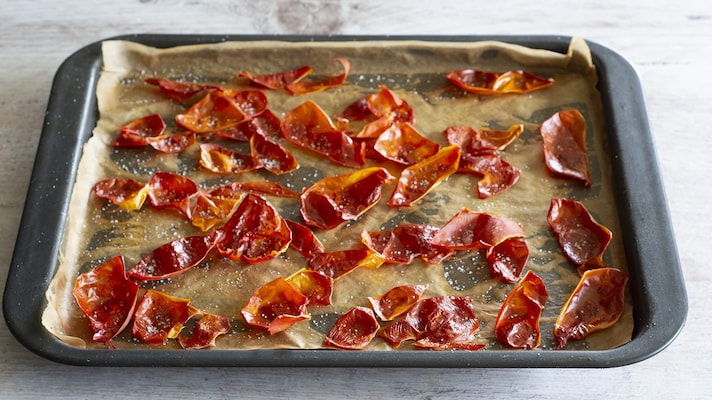
How many times have you peeled freshly blanched tomatoes to make sauce? The peels are usually thrown away, but remember to save them: they can become a delicious ingredient. With tomato peels, you can make delicious veggie chips, crunchy and inviting, to accompany tasty sauces to enhance a salad or even crumble over a plate of pasta.
12. Fish Bones and Heads
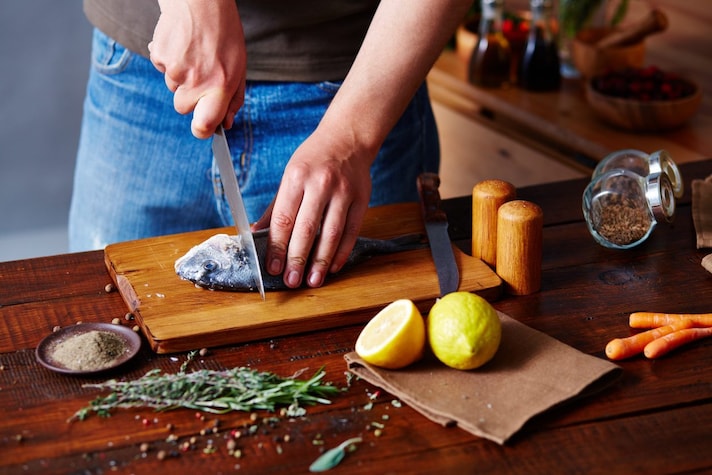
The same thing that goes for bread also applies to fish: heads and bones are normally considered waste, but instead they are the essential basis for preparing one of the most typical and widespread recipes from the regions bordering the sea. Fish heads and bones, in fact, are the ingredients for making fish fumet, a special concentrated broth that is made by slowly cooking these scraps together with fresh vegetables. It was born as a waste-preventing recipe but has become essential for preparing other popular dishes, especially fish soups and seafood risottos.
;Resize,width=767;)
